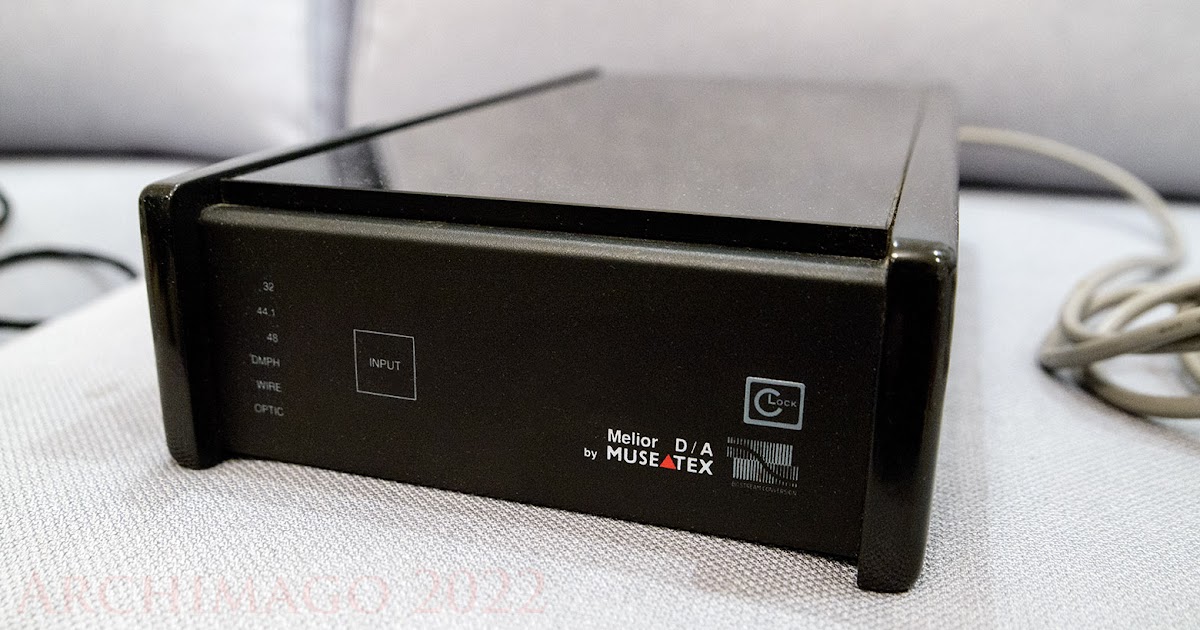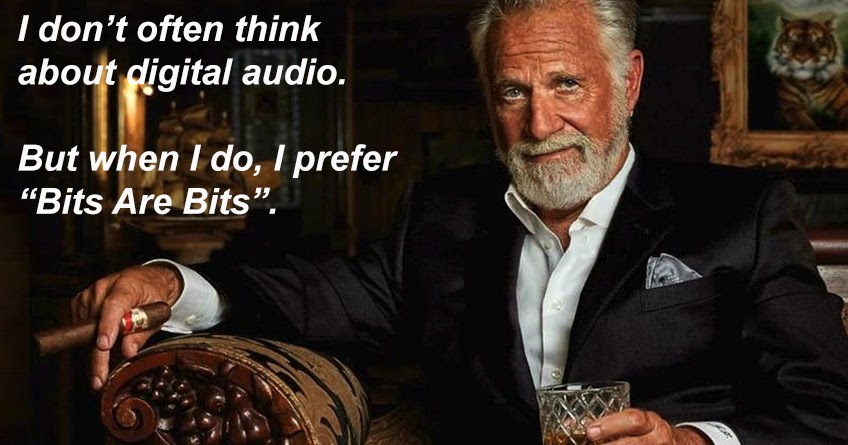You connect a DAC directly to something like that and listen through headphones. Then your brain doesn't have to filter what sound comes from the device and what is the influence of the room. This means you take a lot of unknowns out of the equation. Only headamp and headphones.View attachment 126311
Agree 100%. Using Dan Clark Stealth headphones connected directly to my DAC (which is an "attenuator", with no analog amplification) gives me a window into the recording that I feel no speaker, regardless of the price, could ever offer. It feels like a direct connection from the recording to your brain! On some aspects, speakers will always sound superior, however.
Headphones are a fantastic tool to "benchmark" your system. You can, of course, choose to "tune" your speaker system to a sound that you prefer, but at least you understand what you are sacrificing when doing so.
Linkwitz, for example, discusses the use of headphones as a reference:
He concludes: "I want to emphasize that anyone who makes critical evaluations of loudspeakers needs to know the quality of his source material. Any one of the three earphones that I investigated can become a useful reference transducer."
Mono recordings are actually very pleasant with headphones. You can also play with crossover filters (I don't see the need, but many appreciate them).
I should note as well that vinyl can be more challenging to listen to with headphones as the surface noise is more prominent - at least with my basic turntable.
So much is lost with speakers in terms of low level sounds (in addition to tonal accuracy), it is really sobering to understand that.
Last edited:












